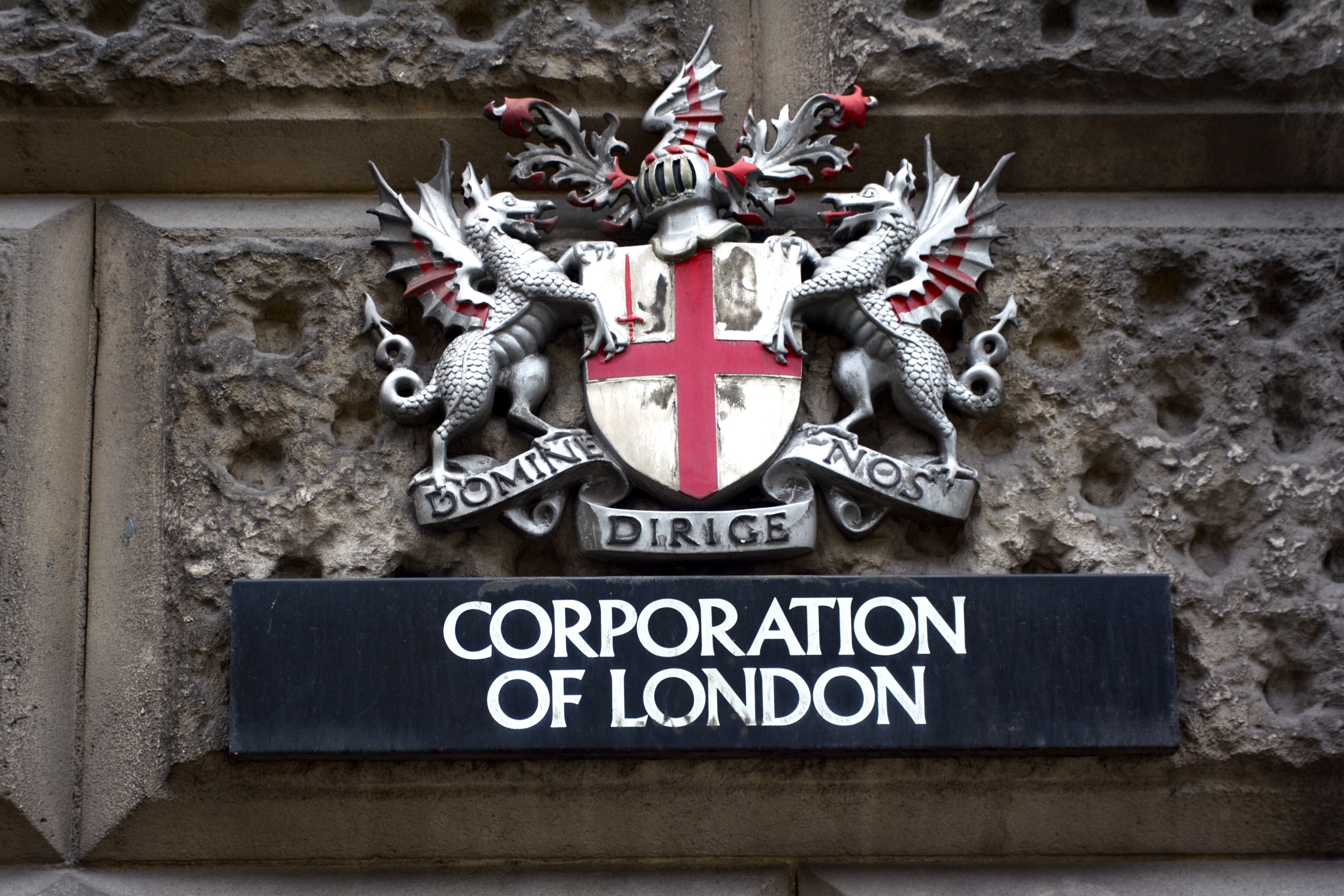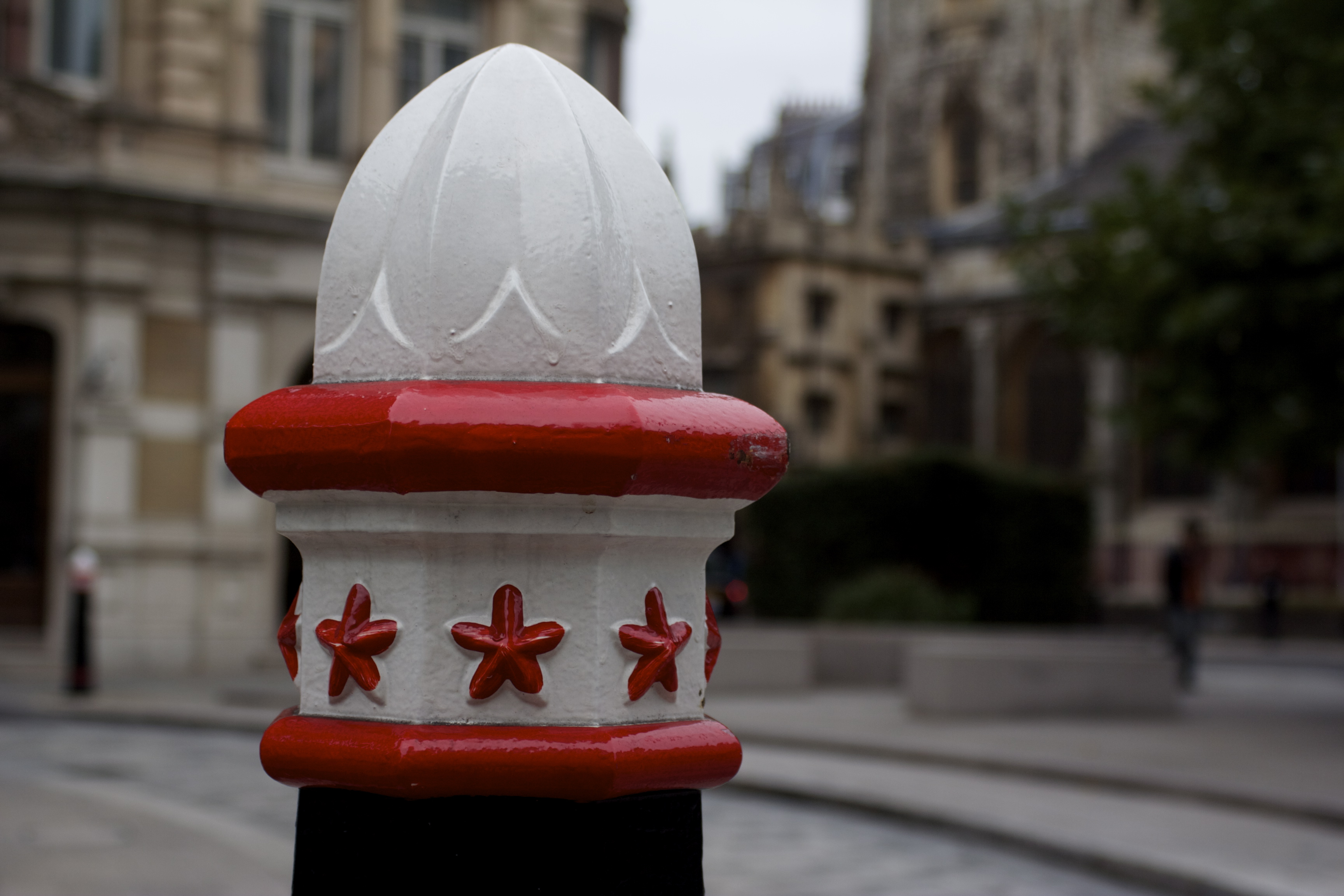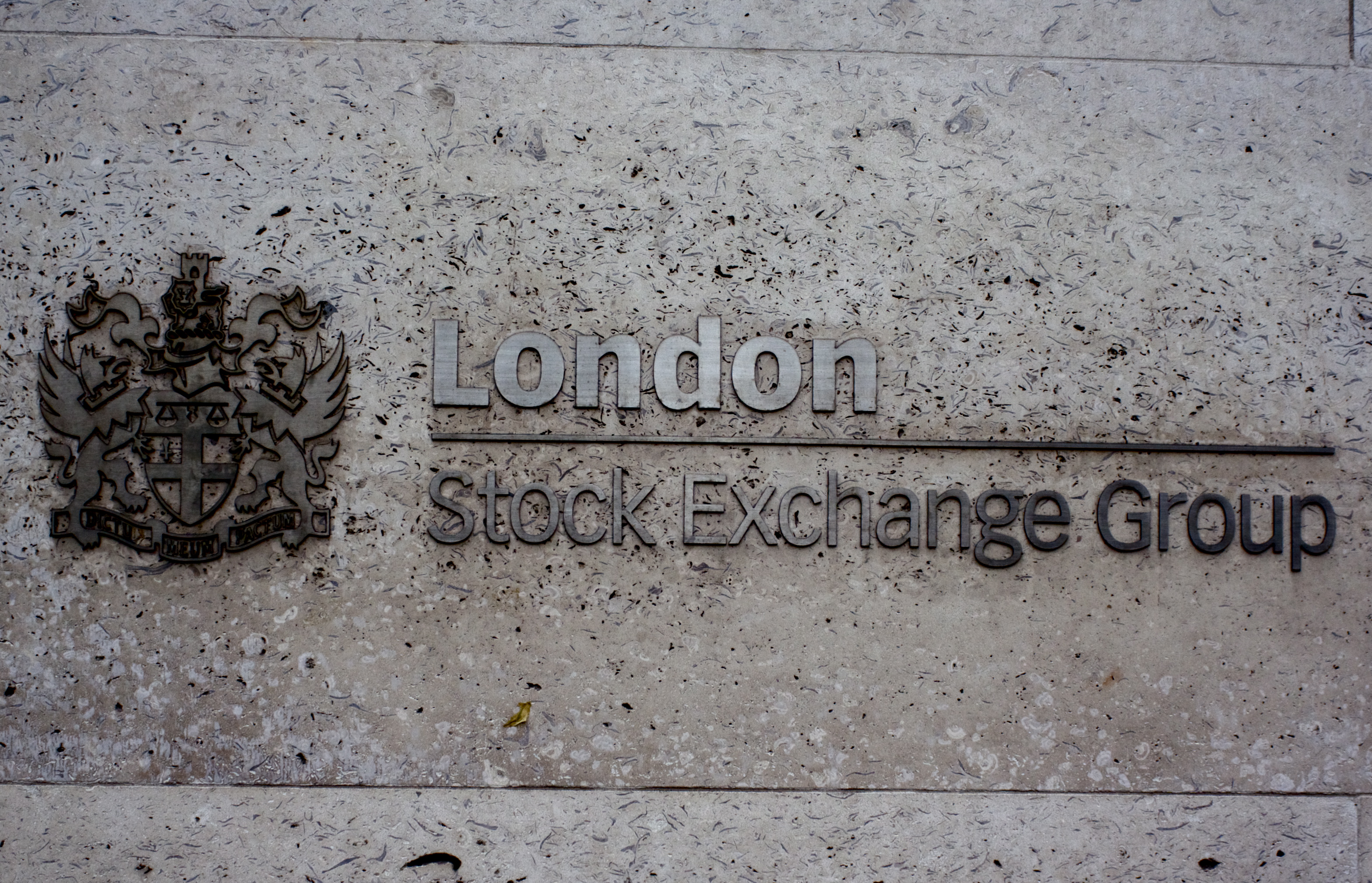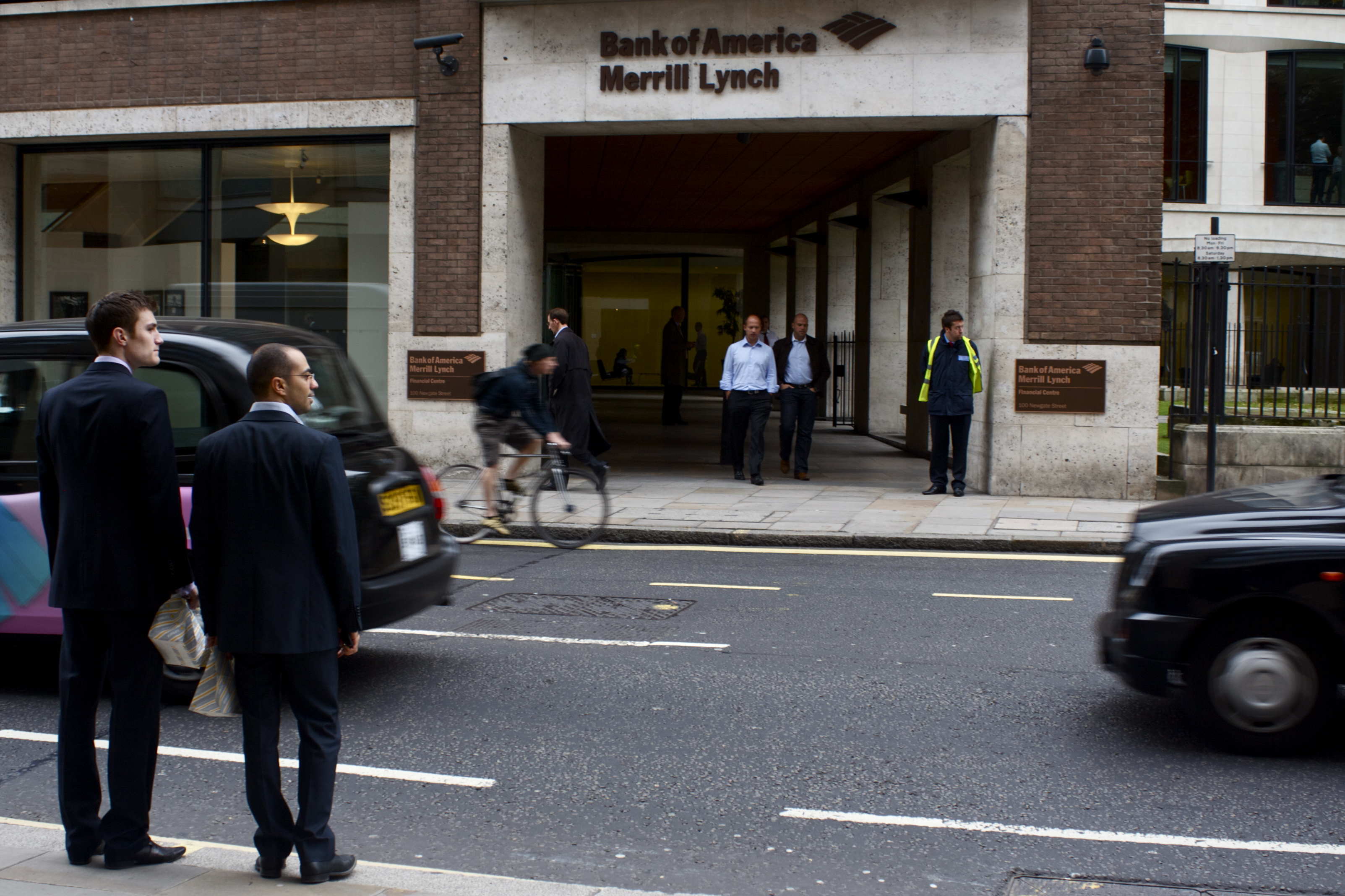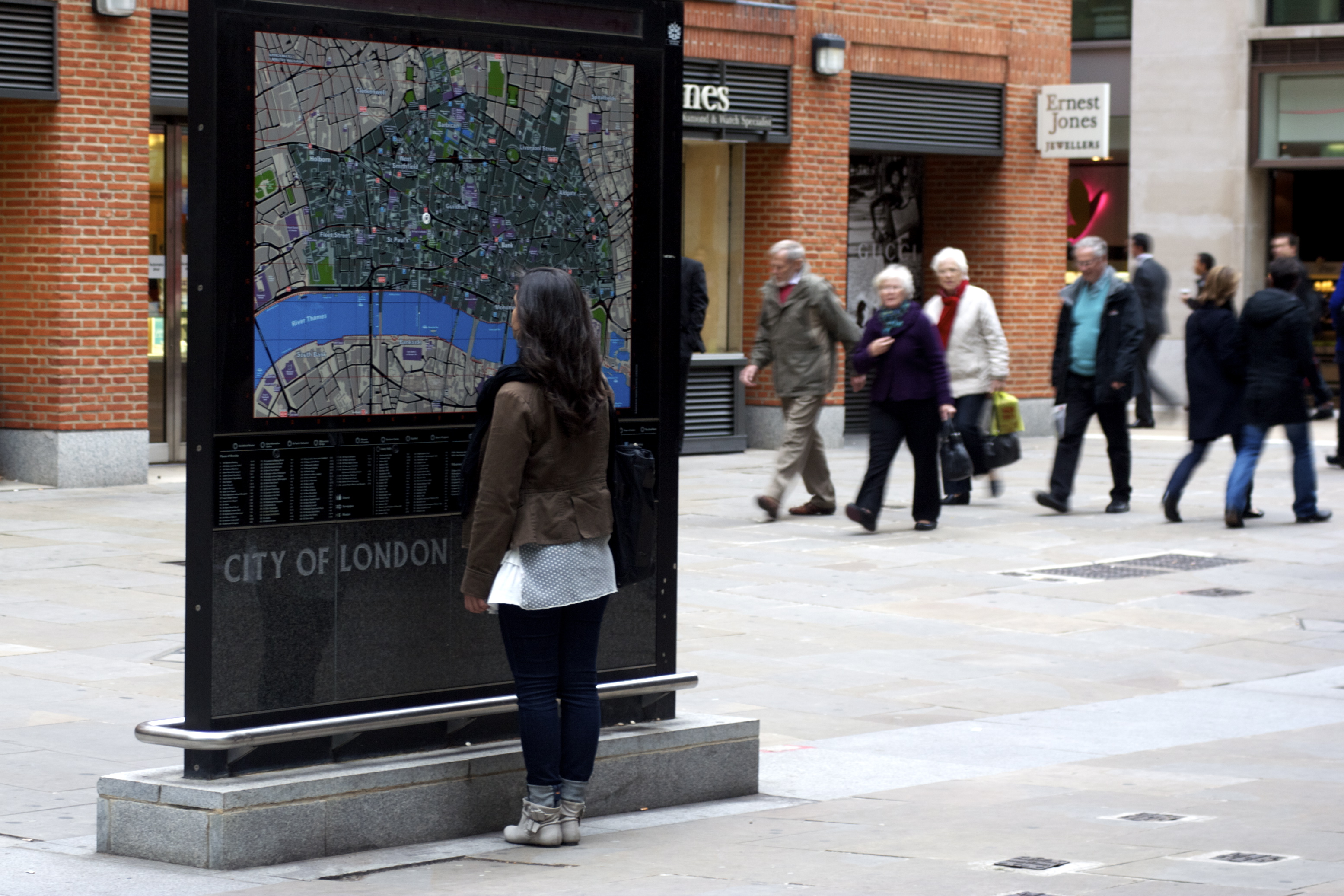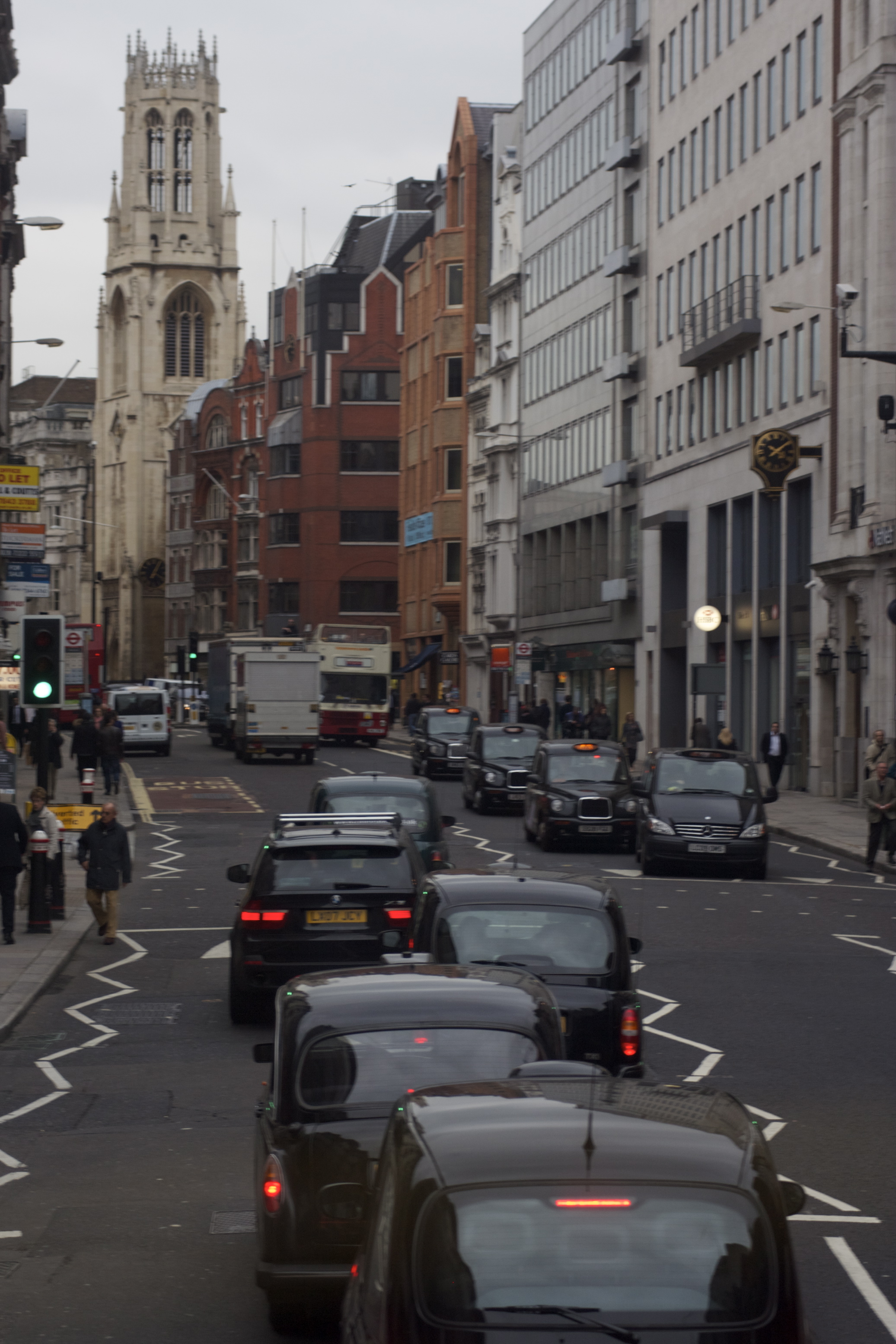“Conurbation: noun–an extended urban area, typically consisting of several towns merging with the suburbs of a central city.”
I learned a new word yesterday: conurbation.
It’s one of those words that sounds tricky, but when broken down to its roots actually makes a lot of sense: the Latin words con, “together,” and urbs, “city,” combined with a neutral suffix, –ation.
It was Scotsman Patrick Geddes who first coined the term in his 1915 book, Cities in Evolution. Although primarily a biologist, Geddes is known also for his work in urban planning. He discussed the way new technologies–such as electric power and motorized transport–were essentially making it possible for big cities to be assembled rather like a jigsaw puzzle, hooking up with their surrounding suburbs and growing together.
Think of New York City, otherwise known as the Tri-State Region. Thirty counties stretching across New Jersey, New York, Connecticut and Pennsylvania to form a metropolitan area of almost twenty-two million people. Yikes. That’s the total population of Australia. Or Romania. Choose your favorite point of comparison.
I was in the St. Paul’s area of London yesterday following an interview I had near the South Bank. As I walked down Newgate Street, passing by the London Stock Exchange and the offices of major banks and investment firms, I wasn’t sure what there were more of–black suits or black cabs ferrying the suits around. Gratefully, I was still wearing the suit I’d worn to my interview. I tried to imagine myself blending into the “we-mean-business” crowd in my usual attire as of late–dress, boots and leather bomber jacket.
As I approached my destination–the Central Criminal Courts of Old Bailey–I was distracted by the bollards along the sidewalk, short iron posts whose tops had been painted red and white.
Near the bottom of each post, a coat of arms was placed above the words “City of London.” When I got home later, I started sleuthing, curious about the choice of color on the bollards. Wikipedia didn’t disappoint: red and white are the colors of the City of London…an entity I soon learned is not to be confused with the city of London.
Long before London was conurbated (is that an appropriate conjugation of conurbation?) it was just the City of London. Nowadays, the little space this historic area occupies within Greater London is often referred to as “the City,” or on maps, simply as “City.” But the City’s own boundaries have hardly changed since the Middle Ages and indeed its city status has remained intact since the dawn of the earth, practically.
Don’t let its size deceive you–it may measure in at just over one square mile (giving it yet another nickname of the Square Mile), but in 2008, the City alone accounted for 4% of the country’s GDP–$87 billion dollars. That’s one productive mile–talk about getting your money’s worth. And as London’s financial center–which explains the army of suited-up citizens–it rivals New York for the title of financial capital of the world, with over 500 banks having an office within its bounds.
Although the numbers are impressive, what I was more interested in were the peculiarities surrounding the City’s governance. It’s run by the City of London Corporation and even has its own Lord Mayor, giving proof to its “unique political status, a legacy of its uninterrupted legacy as a corporate city since the Anglo-Saxon period” (thank you, Wikipedia!).
Even 108 livery associations which began in medieval times as guilds and trade associations still exist today, although their function is largely ceremonial. “Ceremonial” is a word that surfaces often in descriptions of the City–with all manner of roles and positions no longer particularly relevant, and yet kept in place nonetheless. It’s like no one wants to break the magic.
So who knew such a microcosm existed? A world all of its own with connections and traditions stretching back into the centuries? As I walked the City’s streets, from the steps of St. Paul’s Cathedral down Watling towards Mansion House, I wondered if London will ever cease to amaze me…
…and if there will ever be an end to what there is to learn and find.

